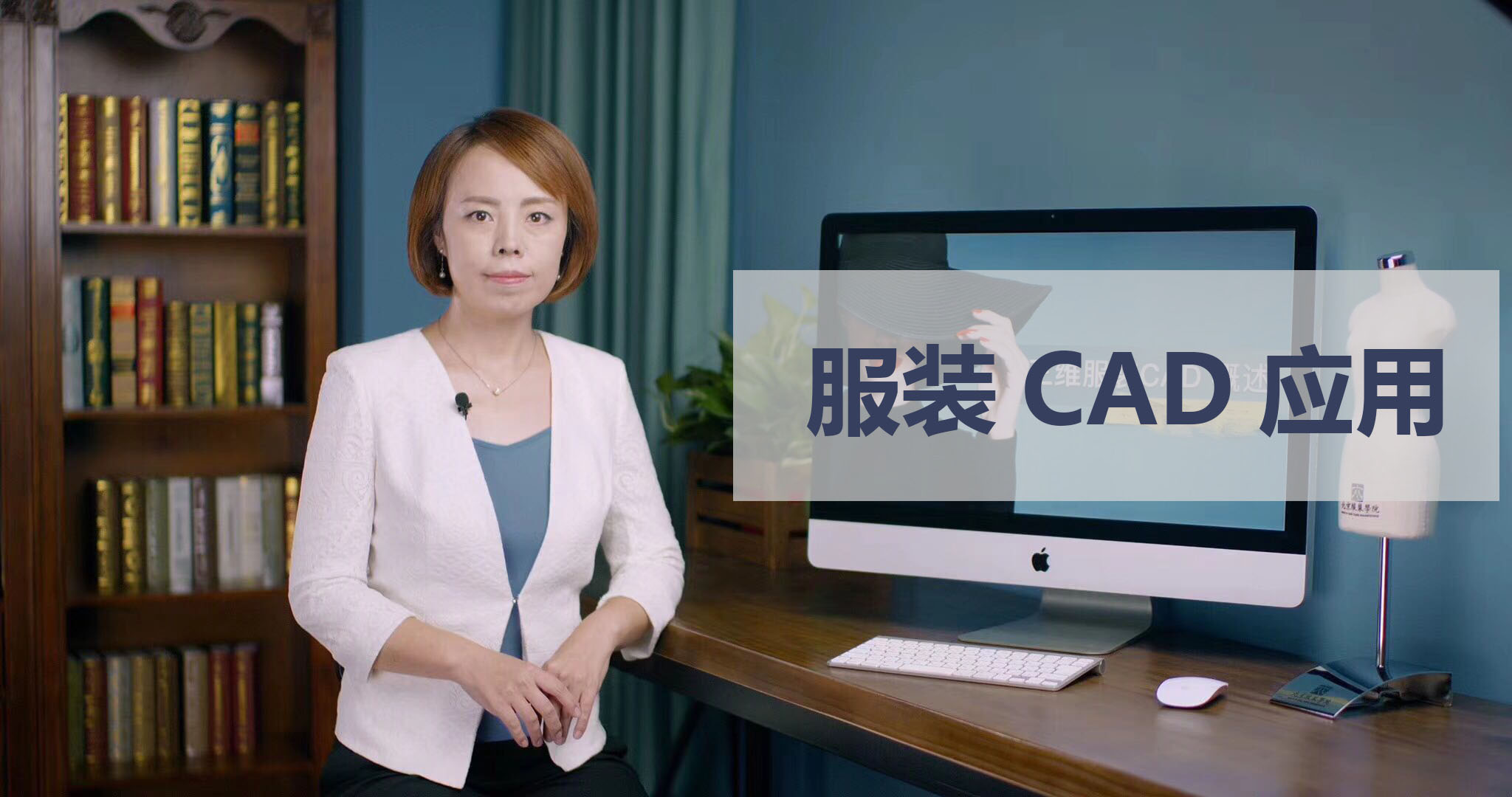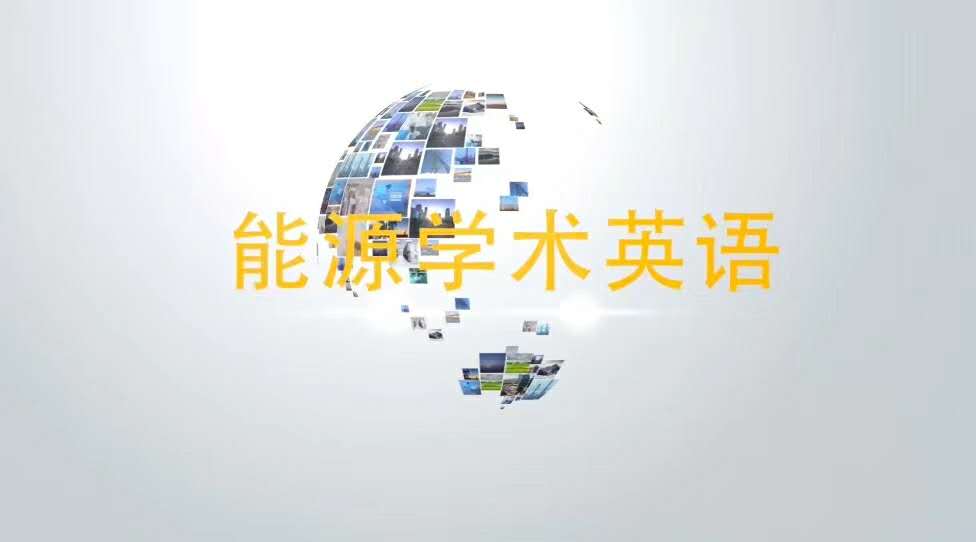
当前课程知识点:Overview of China > 第三章 理解中国 Understanding China > 3.4 中国教育 Education in China > 3.4.2 古代学校教育 Ancient school education
返回《Overview of China》慕课在线视频课程列表
朋友 您好 欢迎您 走进中国
Hello! Welcome to the Overview of China
了解更多关于中国的知识
and know more about China.
今天 我们来学习古代学校教育
Today we are going to study ancient Chinese School Education
中国古代学校教育按性质可以分为官学和私学两大类
In ancient China, school education can be divided into official school and private school by nature.
官学 就是指古代各级官府主办的学校
Official school, it is to point to ancient times the school that government of all levels holds,
也就是官员预备学校
Namely official prep school.
官学在各个朝代名称各不相同
Official schools had different names in different dynasties,
比如西周称国学 汉朝称太学
For example, the Western Zhou Dynasty called Guoxue, the Han Dynasty called Taixue,
唐朝称弘文馆 宋朝称国子监等等
the Tang Dynasty called Hongwenguan, the Song Dynasty called the Imperial Academy and so on.
官学的招生非常严格
Official school recruit students is strict,
需要有一定品级的官员才能入学
only certain grade official can be recruited,
平民百姓的子女一般是不能入学的
the children of common people cannot enter a school.
除了兴盛发达的官学以外
In addition to the flourishing and developed official schools,
私学在中国古代学校教育中也占有重要地位
Private schools also played an important role in ancient Chinese school education.
春秋末期 孔子首开私人讲学
At the end of the Spring and Autumn Period, Confucius gave his first private lectures,
被后人称为 至圣先师
later known as the "most holy teacher".
他在杏坛讲授学问 有3000多弟子
He taught at the altar of apricot, and had more than 3,000 disciples,
其中非常有成就的就有72位
72 of whom were very successful.
他教授的内容有礼 乐 射 御 书 数六种科目
He taught six subjects: politeness, music, archery, imperial, calligraphy, math and so on.
汉朝以后 私学已经成为教育制度的重要组成部分
After the Han dynasty, private learning had become an important part of the educational system.
启蒙教育几乎全在私学里进行
Enlightenment education was conducted almost entirely in private schools,
它也在教学内容上比官学更多地承担了儒家学说之外的文化知识的传授
and in terms of teaching content, it also assumed more of the imparting of cultural knowledge other than Confucianism,
比如法律 天文 医学等等
such as law, astronomy, medicine and so on.
私塾是古代私人办学的一种形式
Private school is a form of private education in ancient times.
包括教师自己创办的学校
These include schools founded by teachers themselves,
学生家庭设立的家庭学馆
family schools set up by students' families,
还有用集体的收入或私人捐款兴办的义塾等
and voluntary schools established with collective income or private donations.
在这种教学体系中
In this system,
富裕人家聘请教师教育家中的子女
rich families hire the children of teachers and educators,
普通人家共同出资聘请一位老师
while ordinary families jointly pay for a teacher.
这种私塾教育一直是中国古代教育的主要形式
This kind of private school education has been the main form of education in ancient China.
书院 也是中国古代教育中一种很有特色的教育组织
Academy is also a special educational organization in ancient Chinese education.
书院开始于唐代 兴盛于宋代
Academy began in the Tang Dynasty and flourished in the Song Dynasty.
嵩阳书院 岳麓书院 白鹿洞书院 应天书院是中国著名的四大书院
Songyang Academy, Yuelu Academy, Bailudong Academy and Yingtian Academy are four famous academies in China.
其中嵩阳书院地处风景秀丽的河南嵩山脚下
Songyang Academy is located at the foot of the beautiful Songshan mountain in Henan province,
环境优美 交通便利
with beautiful environment and convenient transportation,
是古人读书研讨的好场所
It is a good place for ancient people to study and discuss.
那么与普通官学和私学相比
Then compared with ordinary official schools and private schools,
书院到底有什么特色呢
what are the characteristics of academies?
一般来说
Generally speaking,
书院环境讲究自然 宁静 清幽 淡雅 文人气息浓厚
the academy environment is natural, tranquility, serenity, quietly elegant, strong literati atmosphere.
它的教学内容与官学差不多
Its teaching content is similar with the official school,
大多是四书五经之类的学问
mostly is the knowledge of four books and five classics and so on ,
但教育方法非常不同
but the education method is very different.
第一 学生以自学为主 教师指导为辅
First, students mainly study by themselves, supplemented by teachers' guidance;
第二 教学和学术研究相结合
Second,it is the combination of teaching and academic research;
第三 书院允许不同学派共同讲学
Thirdly, the academy allows different schools to give lectures together
开展不同学术思想的讨论
and discuss different academic ideas;
第四 书院不反对科举 却不重视科举
Fourth, the academy did not oppose the imperial examination, but did not attach importance to it.
书院采用开放式教学形式
The academy adopts the open teaching form,
有利于学术交流
which is conducive to academic exchanges
开阔学生的视野
and broadens students' horizons.
很多有名的大师都在书院讲过学
Many famous masters have taught in the academy.
比如朱熹 程颢 程颐等都在嵩阳书院里讲过学
For example, Zhu Xi, Cheng Hao and Cheng Yi all taught in Songyang Academy.
书院在办学形式 教学组织 教学方法方面
Academy in the form of running schools, teaching organization, teaching methods,
都积累了非常丰富的经验
have accumulated very rich experience,
对古代教育产生过深远的影响
had a profound impact on the ancient education.
好 古代学校教育我们先学习到这里 谢谢
OK ancient school education we first learn here, thank you!
-1.1 初识中国 First acquaintance of China
--1.1 初识中国 First acquaintance of China
-1.2 人文中国 Humanistic China
-1.3 美丽中国 Beautiful China
-1.4 绿色中国 Green China
-1.5 民俗中国 Folklore China
-小测验 Quiz
-2.1 畅行中国 Unimpeded China
--2.1.1 中国交通方式 China's mode of transportation
--2.1.2 中国著名人文景观 Famous cultural landscape in China
--2.1.3 中国著名自然景观 Famous natural landscape in China
-2.2 乐居中国 Happy living in China
--2.2.1 中国传统官式建筑 Traditional Chinese official architecture
--2.2.2 中国传统民居 Traditional Chinese houses
--2.2.3 中国现代城镇的发展 The development of modern towns in China
-2.3 食在中国 Eating in China
-2.4 穿在中国 Wear in China
-2.5 医在中国 Medicine in China
-小测验 Quiz
-3.1 中国历史 Chinese History
--3.1.1.走向大一统的中华文明 Towards the unification of Chinese civilization
--3.1.2 多民族融合的封建帝国 A multi-ethnic feudal empire
--3.1.3 日新月异的和平中国 Peaceful China changing with each passing day
--小测验 Quiz
-3.2 中国科技 China‘s Science and Technology
--3.2.1 中国古代四大发明 Four great inventions in ancient China
--3.2.2 中国古代数学和天文学 Ancient Chinese mathematical astronomy
--3.2.3 古代青铜器和农业科技 Ancient bronzes and agricultural technology
--3.2.4 中国新四大发明 Four new inventions in China
--3.2.5 国防与民生科技 National defense and people's Livelihood Science and technology
--3.2.6 中国航空航天 China Aerospace
--小测验Quiz
-3.3 中国经济 China's Economy
--3.3.1 中国古代农业和手工业 Ancient Chinese agriculture and handicraft industry
--3.3.2 中国古代商业 Ancient Chinese Commerce
--3.3.3 中国现代经济政策和体制 China's modern economic policy and system
--3.3.4 中国经济发展的成就 Achievements in China's economic development
--3.3.5 中国经济发展的新趋势 The new trend of China's economic development
--小测验Quiz
-3.4 中国教育 Education in China
--3.4.1 古代哲学和教育思想 Ancient philosophy and educational thought
--3.4.2 古代学校教育 Ancient school education
--3.4.3 科举制度 Imperial examination system
--3.4.4 扫盲运动与高考 Literacy campaign and college entrance examination
--3.4.5 中国现代教育体系 China's modern education system
--3.4.6 国际教育交流与合作 International educational exchange and cooperation
--小测验Quiz
-4.1 文学欣赏 Literary Appreciation
--4.1.1 《诗经》和《离骚》Book of Songs and Li Sao
--4.1.2 诸子散文 Philosophical Prose
--4.1.3 唐诗宋词 Chinese Tangsong Poetics
--4.1.4 四大名著 Four Masterpieces
--4.1.5 中国现代文学 Modern Chinese Literature
--4.1.6 中国当代文学 Contemporary Chinese Literature
--小测验 Quiz
-4.2 音乐欣赏 Music Appreciation
--4.2.1 中国传统音乐与乐器 Traditional Chinese Music and Musical Instruments
--4.2.2 中国古典十大名曲 Ten Famous Classical Chinese Songs
--4.2.3 五彩缤纷的现代音乐 Colorful Modern Music
--小测验 Quiz
-4.3 戏曲欣赏 Opera Appreciation
--4.3.2 豫剧和其他地方戏 Henan Opera and Other Local Operas
--4.3.3 皮影戏和样板戏 Shadow Play and Model Play
--小测验 Quiz
-4.4 书画欣赏 Appreciation of Painting and Calligraphy
--4.4.1 文房四宝及书体 Four Treasures of Study and Calligraphy Style
--4.4.2 书法艺术习成及名家名作 Calligraphy and Masterpieces
--4.4.3 中国画的工具及分类 Tools and Classification of Chinese Painting
--4.4.4 中国绘画名家名作 Famous Works of Chinese Painters
--4.4.5 中国书画艺术思想 The artistic Thought of Chinese Painting and Calligraphy
--小测验 Quiz
-4.5 影视欣赏 Film Appreciation
--4.5.3 20世纪90年代至今中国电影欣赏 Chinese film appreciation since 1990s
--小测验 Quiz
-4.6 武术欣赏 Chinese Martial Arts Appreciation
--4.6.1 中国武术的源流与发展 The Origin and Development of Chinese Martial Arts
--4.6.2 中国武术流派 Chinese Martial Arts schools
--4.6.3 十八般武器 18 Weapons of Martial Arts
--4.6.4 中国武术文化欣赏 Appreciation of Chinese Martial Arts Culture
--小测验 Quiz
-5.1 源远流长的古代中外交流 Ancient exchanges between China and foreign countries
--5.1源远流长的古代中外交流 Ancient exchanges between China and foreign countries
-5.2 丰富多彩的现代中外交流 Rich and colorful modern exchanges between China and foreign countries
--5.2 丰富多彩的现代中外交流 Rich and colorful modern exchanges between China and foreign countries
-小测验 Quiz
-期末考试 Final Examination
--期末考试 Final Examination

